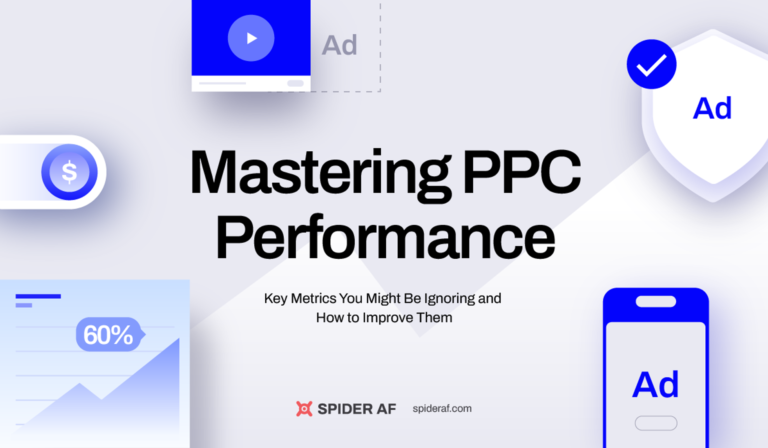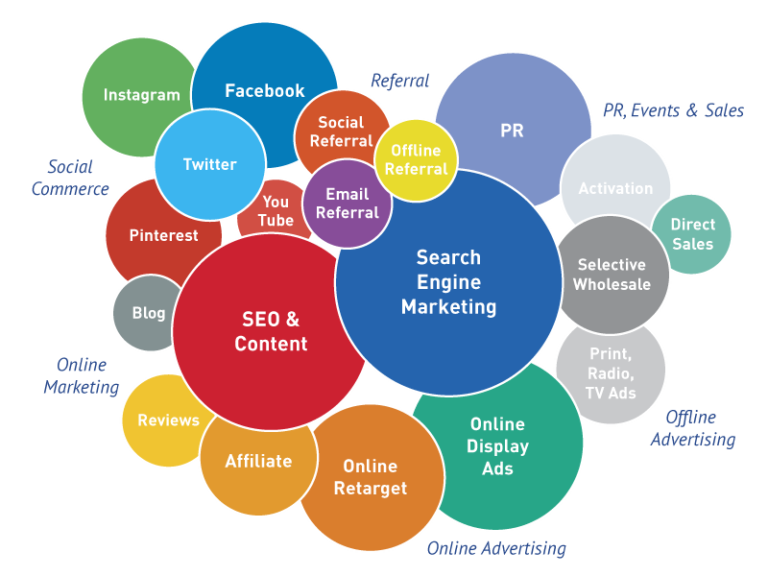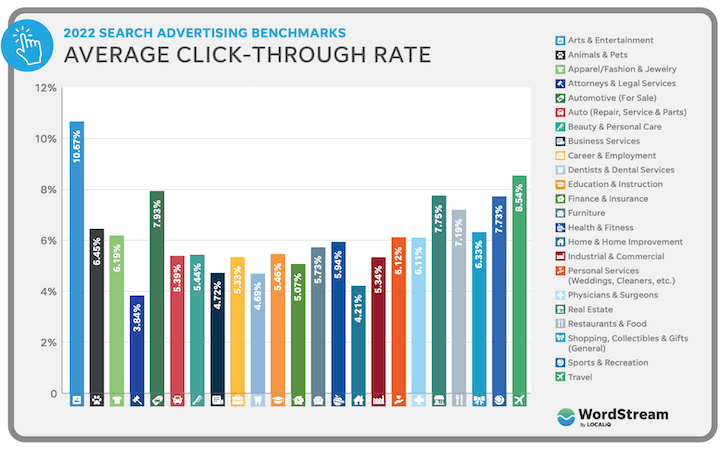A/B testing with Google Ads helps you find the best performing ad copy and landing pages—enhancing your digital advertising strategy for better results. In today’s competitive online landscape, it is crucial to optimize your ads continuously.
By implementing A/B testing, you can compare different versions of your ads and landing pages to identify what resonates most with your target audience. This approach allows you to make data-driven decisions, improving your click-through rates (CTR), conversion rates, and ultimately, your return on investment (ROI).
We will explore the key steps involved in A/B testing with Google Ads to help you maximize the effectiveness of your ad campaigns and drive better performance.
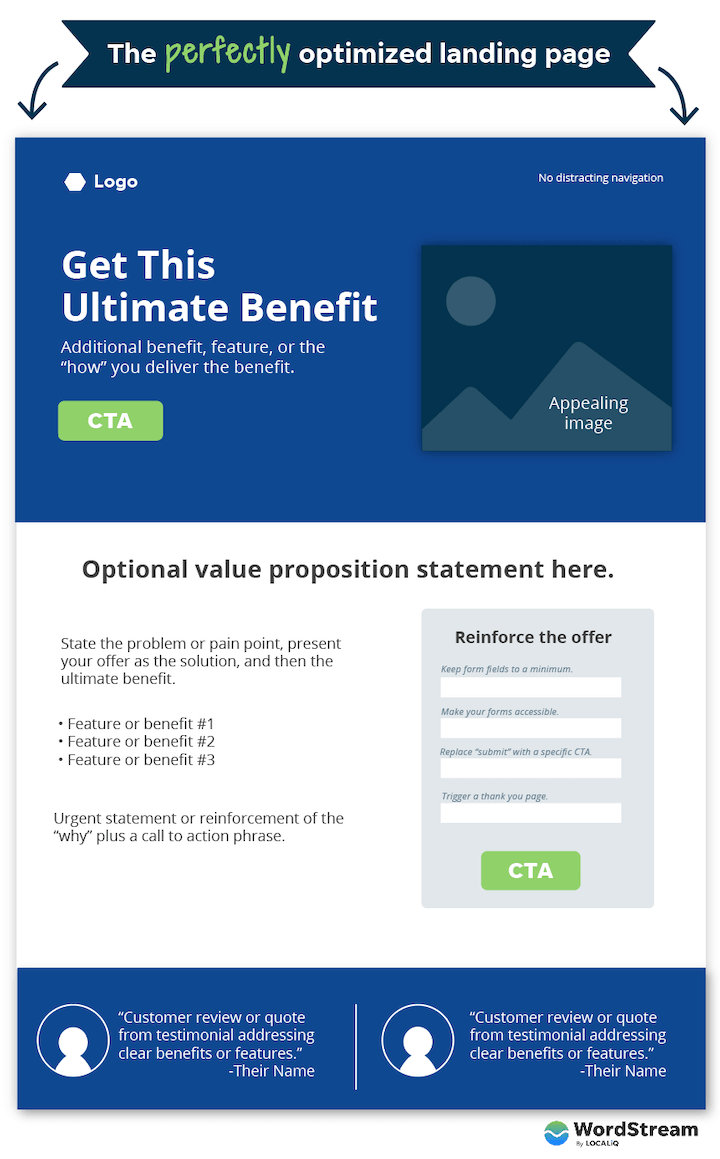
Credit: www.wordstream.com
A/b Testing Process
A/B testing is an essential process in optimizing your Google Ads campaigns. It involves testing multiple ad copies and landing pages to determine which combination performs best in achieving your goals. By carefully analyzing the results, you can make data-driven decisions to improve your ad performance, increase click-through rates (CTRs), and ultimately drive more conversions.
Defining Goals And Metrics
Before diving into the A/B testing process, it’s crucial to clearly define your goals and metrics. Identify what you want to achieve with your Google Ads campaign. Are you aiming for higher conversion rates, increased website traffic, or improved page engagement? Specify the metrics that will help you measure success, such as click-through rates, conversion rates, or average time spent on page.
Creating Multiple Ad Copies
The next step is to create multiple ad copies. This allows you to test different messaging, headlines, calls-to-action (CTAs), and visuals. By experimenting with different elements, you can determine which combination resonates most with your target audience. Remember to include the relevant keywords that align with your campaign objectives and ad group.
Creating Multiple Landing Pages
In addition to testing ad copies, it’s essential to create multiple landing pages. Customize the landing pages to match the ad copy and ensure a seamless user experience. Experiment with different layouts, designs, and content to optimize conversions. For example, you can test different CTA placements, form lengths, or page structures to see which variations drive the highest engagement.
Setting Up The A/b Test In Google Ads
Now that you have multiple ad copies and landing pages, it’s time to set up the A/B test in Google Ads. Follow these steps to ensure accurate and meaningful results:
- Create a new campaign or ad group specifically for the A/B test to keep the data separate from your existing ads.
- Divide your audience evenly by setting up ad rotation to “Rotate Indefinitely” or “Optimize for Conversions” depending on your campaign goals.
- Assign your different ad copies to each respective ad group, ensuring that the ad groups have similar targeting criteria.
- Assign your different landing pages to each ad copy.
- Make sure that each ad copy and landing page combination has a unique tracking URL to accurately measure the performance of each variant.
- Monitor the A/B test closely and collect sufficient data before making any conclusions or optimizations.
By following these steps and continuously analyzing the results, you can identify the best-performing ad copy and landing page combinations to maximize the effectiveness of your Google Ads campaigns. Remember, A/B testing is an ongoing process that helps you adapt to the preferences of your target audience and stay ahead of the competition. Implement these strategies and uncover the winning combination that drives optimal results for your business!
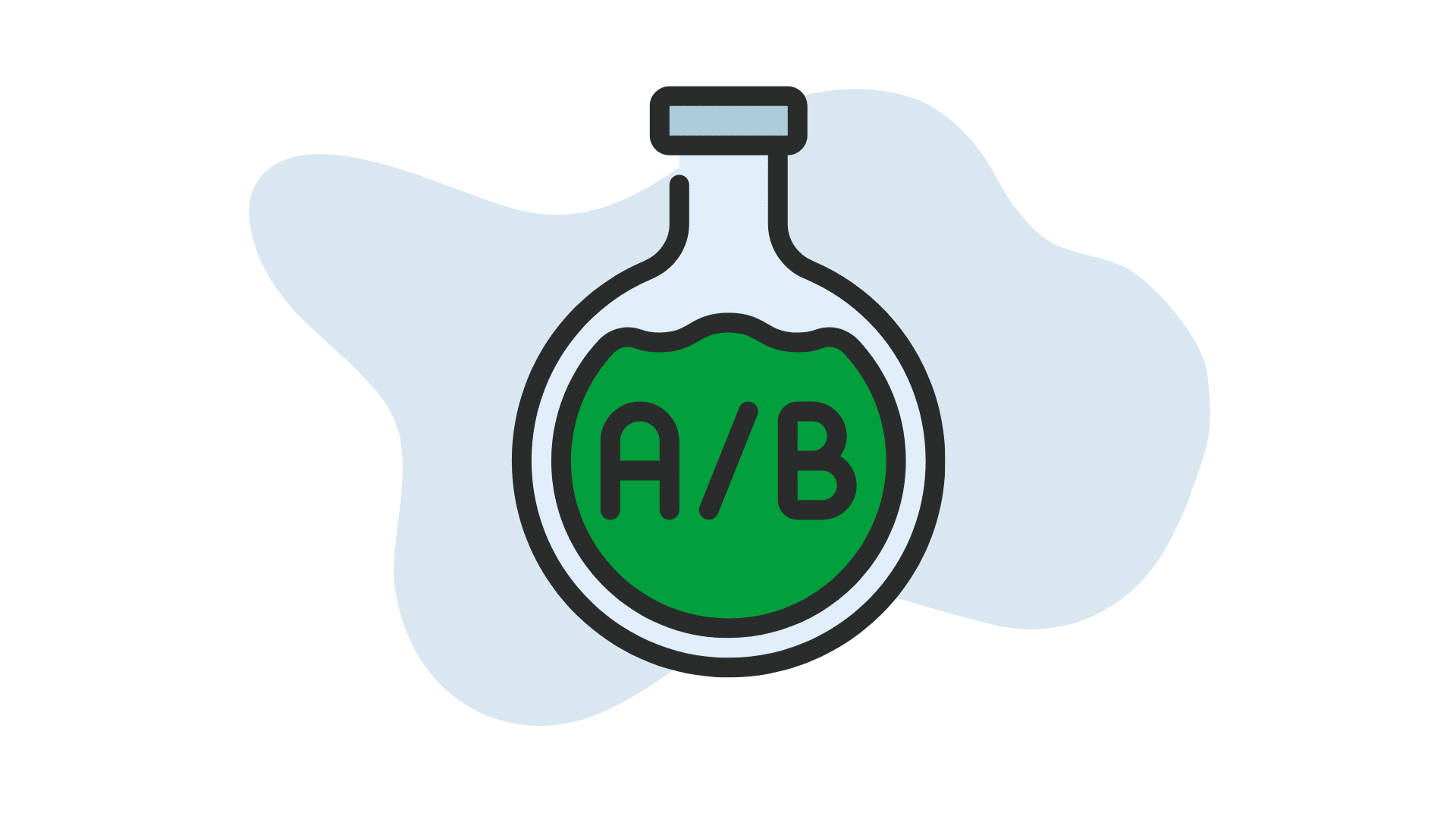
Credit: creativewebsitemarketing.com
Analyzing And Optimizing Results
Now that you have successfully conducted your A/B test with Google Ads and gathered the necessary data, it’s time to dive into analyzing the results and optimizing your ad copy and landing pages. By scrutinizing performance metrics, identifying the winning ad copy and landing page, and iterating and refining the ‘winning’ elements, you can ensure that you are consistently driving the best results for your campaigns.
Monitoring Performance Metrics
The first step in the analysis process is monitoring the performance metrics of your A/B test. This involves closely evaluating key metrics such as click-through rates (CTRs), conversion rates, cost per click (CPC), and cost per acquisition (CPA). By examining these metrics, you can gain valuable insights into the performance of your different ad variations and landing pages.
Creating a table can help you organize and compare these metrics. Here’s an example:
| Variation | CTR | Conversion Rate | CPC | CPA |
|---|---|---|---|---|
| Ad Variation A | 10% | 5% | $1.00 | $20.00 |
| Ad Variation B | 12% | 7% | $0.90 | $18.00 |
By comparing the metrics side by side, you can easily identify which variations are outperforming others in terms of click-through rates, conversion rates, and cost efficiency.
Identifying The Winning Ad Copy
Once you have reviewed the performance metrics, it’s time to identify the winning ad copy. Look for the variations that have consistently higher CTRs and conversion rates compared to the others. These are the ad copies that are resonating with your target audience and driving the desired actions.
- Bold phrases and compelling calls-to-action should be the focus of your winning ad copy.
- Make note of the elements that make the winning ad copy stand out from the rest.
Identifying The Winning Landing Page
Similar to the ad copy, you also need to identify the winning landing page. Examine the variations’ conversion rates and CPA to determine which landing page is performing the best. The winning landing page should be able to convert the maximum number of visitors into customers at the lowest cost possible.
- Pay attention to the design, layout, and user experience of the winning landing page.
- Evaluate the placement and visibility of key elements such as headlines, images, and calls-to-action.
Iterating And Refining The ‘winning’ Elements
Once you have identified the winning ad copy and landing page, it’s essential to iterate and refine the elements that are contributing to their success. This could involve making small tweaks to the copy, layout, design, or calls-to-action to further optimize their performance.
Remember to test these refinements against new variations to ensure continuous improvement in your ad campaigns’ effectiveness.
By consistently analyzing and optimizing your results, you can drive better performance from your Google Ads campaigns, ultimately increasing your chances of success in the competitive digital advertising landscape.
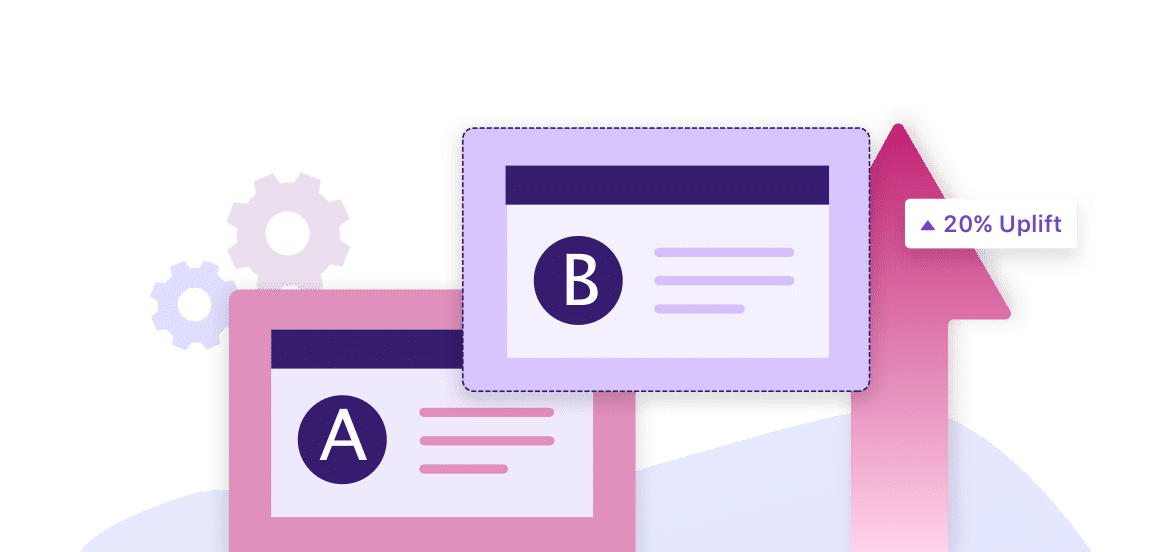
Credit: vwo.com
Frequently Asked Questions Of A/b Testing With Google Ads: How To Find The Best Performing Ad Copy And Landing Pages
How Do I Check My Landing Page Performance On Google Ads?
To check your landing page performance on Google Ads, go to the Google Ads dashboard and navigate to the “Campaigns” tab. Select the campaign you want to analyze, then click on the “Ads & extensions” tab. Here, you can view various metrics such as click-through rate, Conversion rate, and average time on page to assess your landing page’s performance.
How Do I Test Landing Pages In Google Ads?
To test landing pages in Google Ads, follow these steps. Firstly, select the Campaigns tab in your Google Ads account. Then, click on the ad you want to test the landing page for. Next, choose the “Ad Extensions” tab and select “Landing Pages” from the drop-down menu.
Finally, review the performance metrics to measure the effectiveness of your landing page.
What Is A B Testing And How Can It Be Used To Optimize A Landing Page?
A/B testing is a method to compare two different versions of a landing page to determine which one performs better. It can be used to optimize a landing page by analyzing user behavior and making data-driven changes to increase conversion rates.
How Do I Track Effectiveness Of Google Ads?
To track the effectiveness of your Google Ads, use the built-in performance metrics in the Google Ads platform. Monitor key indicators like clicks, impressions, click-through rate (CTR), average session duration, and conversion rates. These metrics provide insights into your ad campaign’s performance, helping you make data-driven optimizations.
Conclusion
A/B testing with Google Ads is a powerful tool for optimizing your ad copy and landing pages. By systematically comparing different variations, you can identify the best performing elements and improve your overall ad performance. Remember to focus on small, specific changes and gather enough data for statistically significant results.
Implementing this strategy will help you attract more qualified visitors, increase conversions, and ultimately drive greater success with your Google Ads campaigns. Start experimenting today and watch your ad performance skyrocket.

